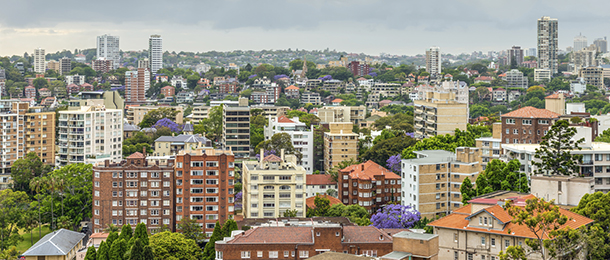A boutique wealth manager has confirmed SMSF members can enjoy a healthy return and also assist in achieving the goals of the National Disability Insurance Scheme (NDIS) through an investment in a property associated with this government initiative.
Aligned Disability Property Fund chief executive and founder Arthur Naoumidis said the two objectives can be met with an investment in NDIS properties in metropolitan areas of Australia’s capital cities.
To this end, Naoumidis highlighted the NDIS housing issue currently occurring and the urgent need for a solution.
“The NDIS currently favours providing accommodation in outer suburbs and regional areas because the government is thinking that’s where we need to build. So investors and syndicates are all involved in building group homes out in the suburbs, and I don’t mean middle suburbs, I mean in the outer suburbs,” he told delegates at SMSF Trustee Empowerment Day 2024, recently co-hosted by smstrusteenews and the SMSF Association.
“The problem with that is those locations are not where people live. You don’t need to be a statistician to know Australia is one of the most highly centralised countries where the majority of people tend to live in its major cities.”
He pointed out this fact leads to investors participating in NDIS property projects located in the outer suburbs or regional areas experiencing a greater chance of the offering not generating consistent returns due to the risk of not having any tenants living in the particular premises.
According to Naoumidis, the Aligned Disability Property Fund is looking to solve this predicament by building NDIS housing in the metropolitan areas of the capital cities.
To overcome the higher land prices in these geographical locations, the offering is adopting what it calls a hybrid approach. This sees projects being split to include both conventional residential accommodation and housing satisfying the NDIS criteria.
It enables the cost of the land to be apportioned across the multiple floors of the development and entails having the ground floor units operate as NDIS housing and the upper floors, around three and linked to a basement for car parking, consisting of conventional residential apartments.
“The rental yield we’re targeting is between 10 to 12 per cent based upon the national average occupancy,” Naoumidis noted.
“We believe the occupancy of metropolitan developments will be close to 100 per cent because hardly anyone is building them.”
Further, the traditional residential apartments are expected to deliver an annualised capital gain of between 8 per cent and 12 per cent.




